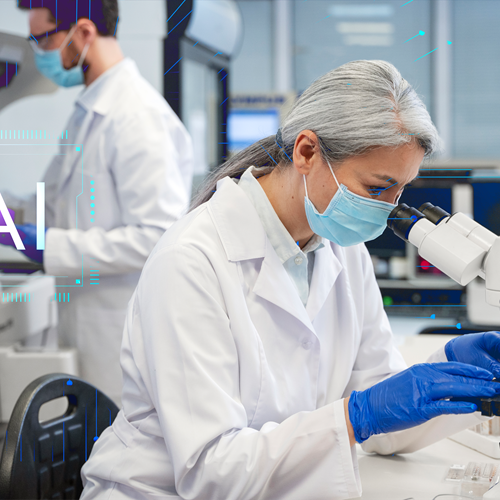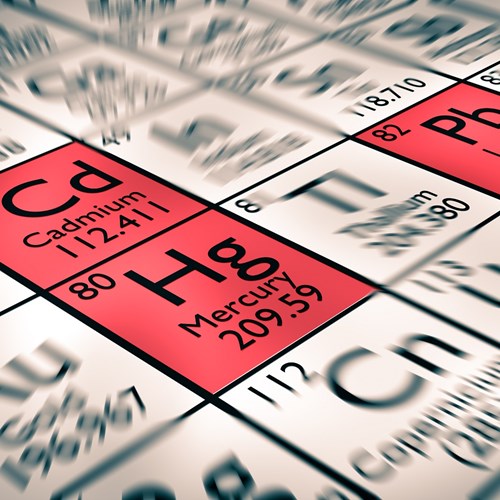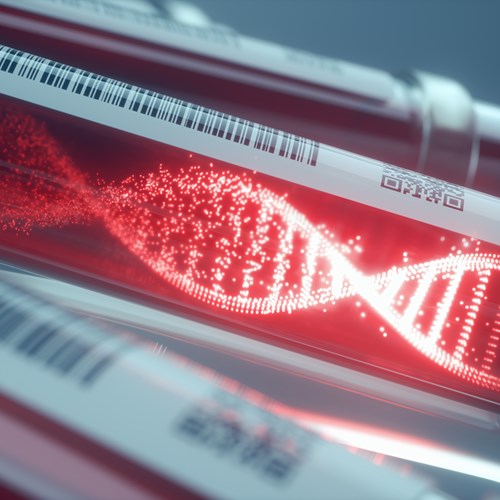
News
The development of new technologies: How AI, I…
The development of new technologies: How AI, IoT and Big Data are changing the testing and inspection industry
Read more.....
04-05-2023







